Did you know? - Dolphins are marine mammals that are closely related to whales and porpoises. There are almost forty species of dolphin in seventeen genera. They vary in size from 1.2 m (4 ft) and 40 kg (90 lb) (Maui's Dolphin), up to 9.5 m (30 ft) and 10 tonnes (9.8 LT; 11 ST) (the Orca or Killer Whale). They are found worldwide, mostly in the shallower seas of the continental shelves, and are carnivores, mostly eating fish and squid. The family Delphinidae is the largest in the Cetacean order, and relatively recent: dolphins evolved about ten million years ago, during the Miocene. Dolphins are among the most intelligent animals and their often friendly appearance and seemingly playful attitude have made them popular in human culture.





There were hundred's of them all around the boat
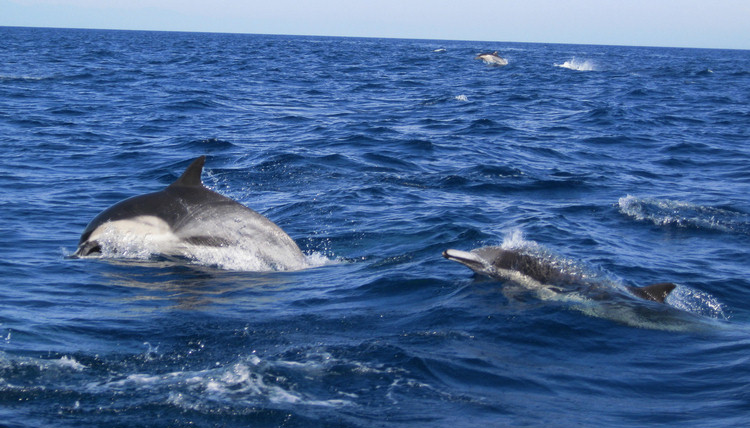


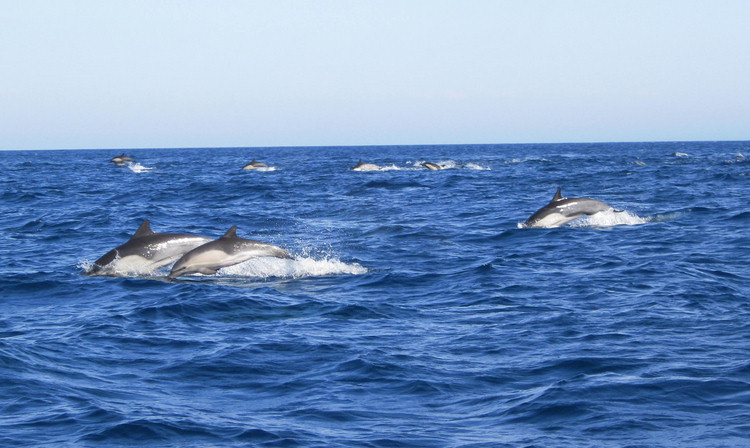

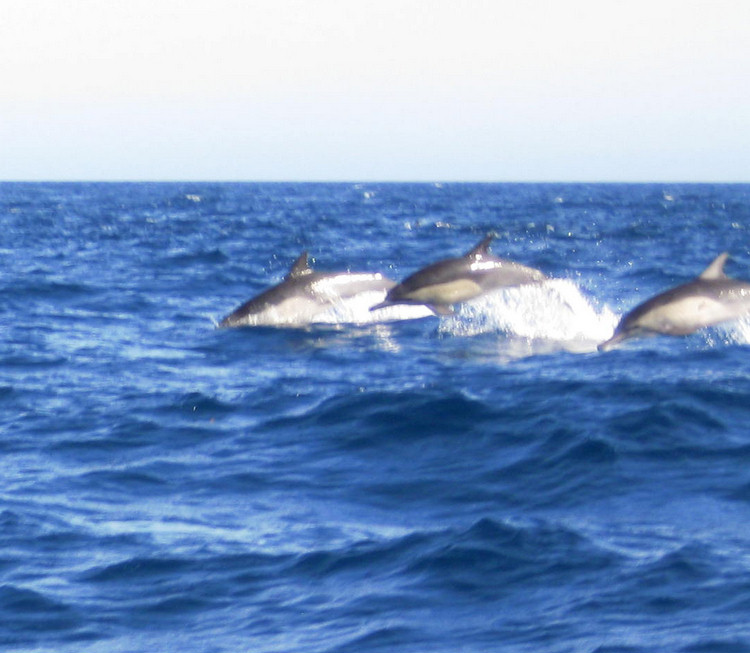
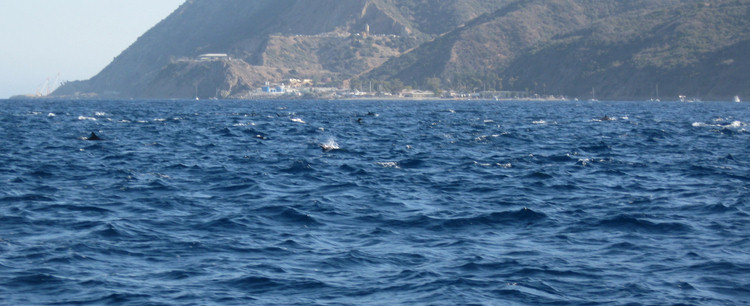

Even the passenger ship could see them
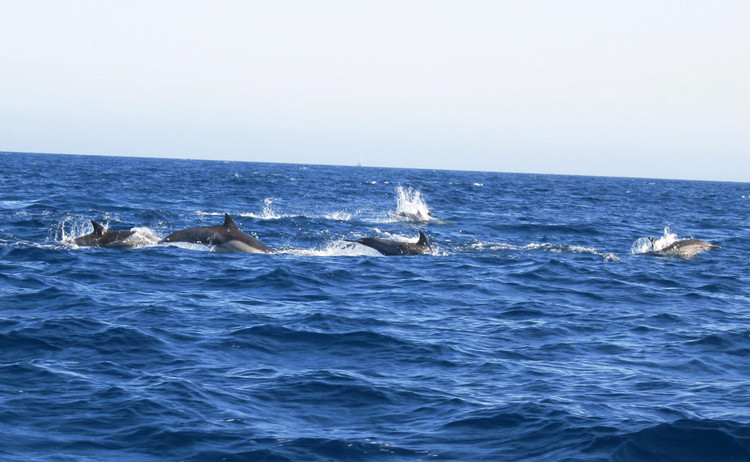
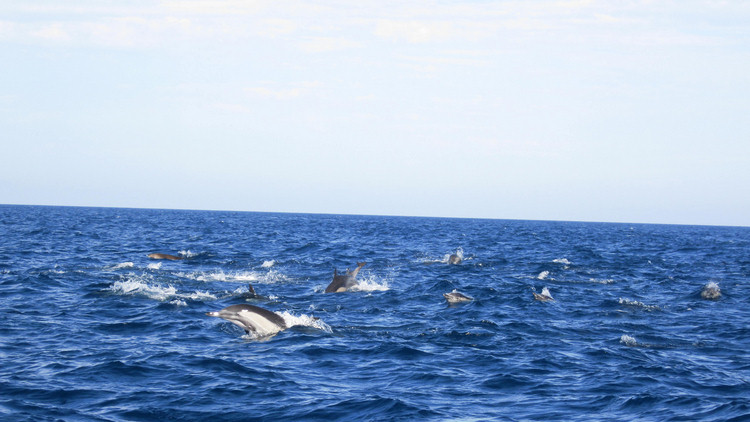
Heading For Avalon After Visiting The Dolphins

Bob's Favorite Place
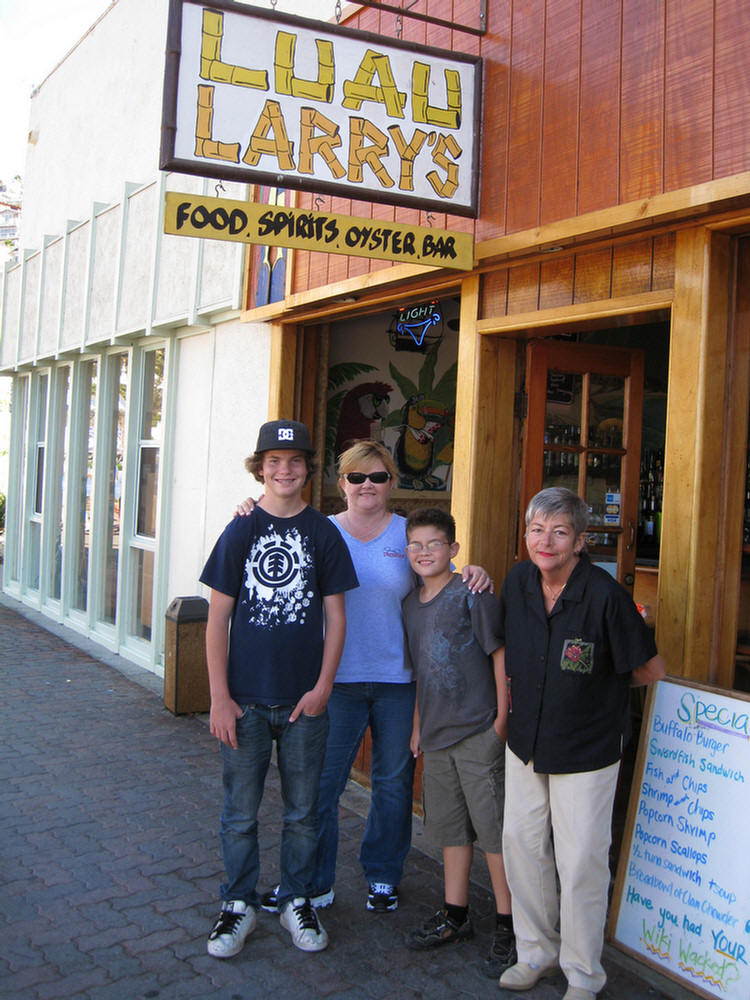
Yes Bob, she was at Luau Larry's





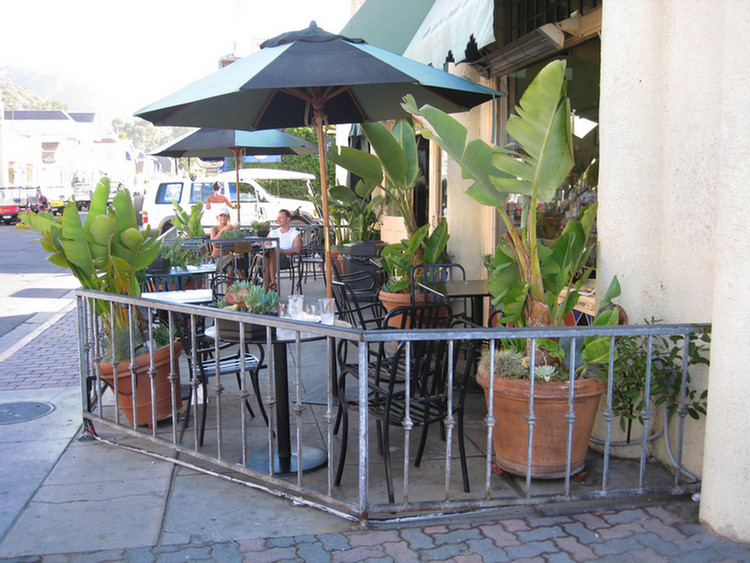
We enjoyed a glass of wine before jumping on the ship for the ride home
All Aboard!
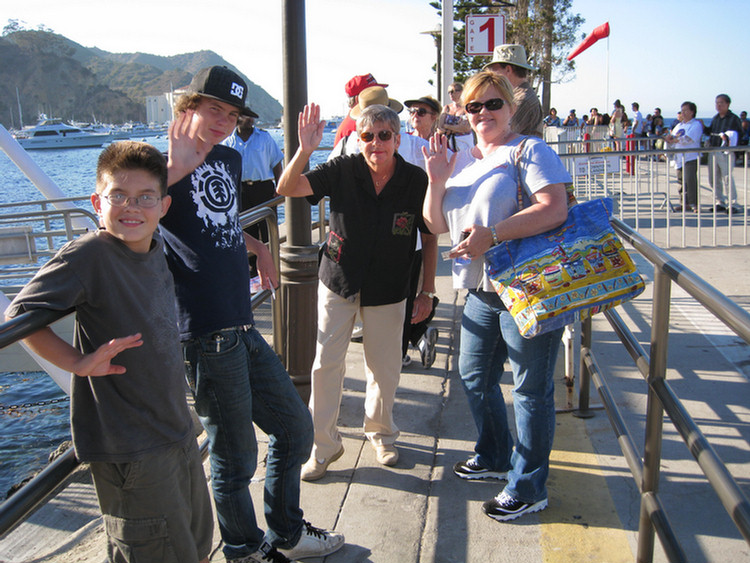
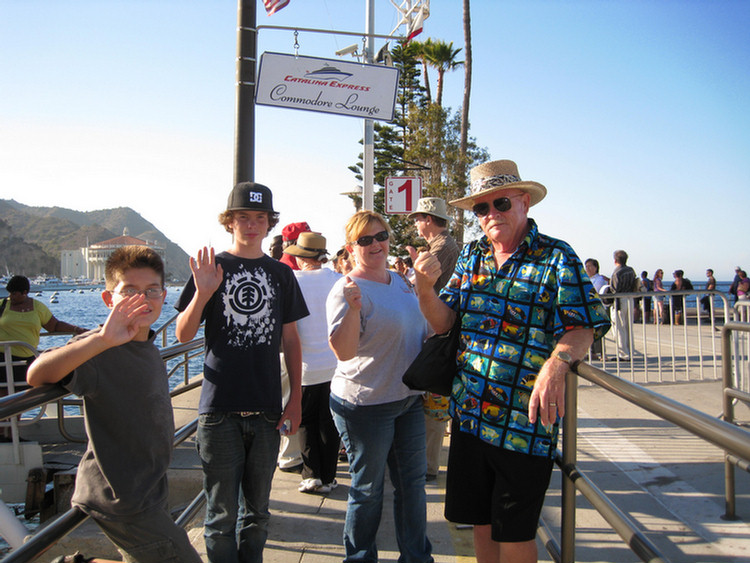
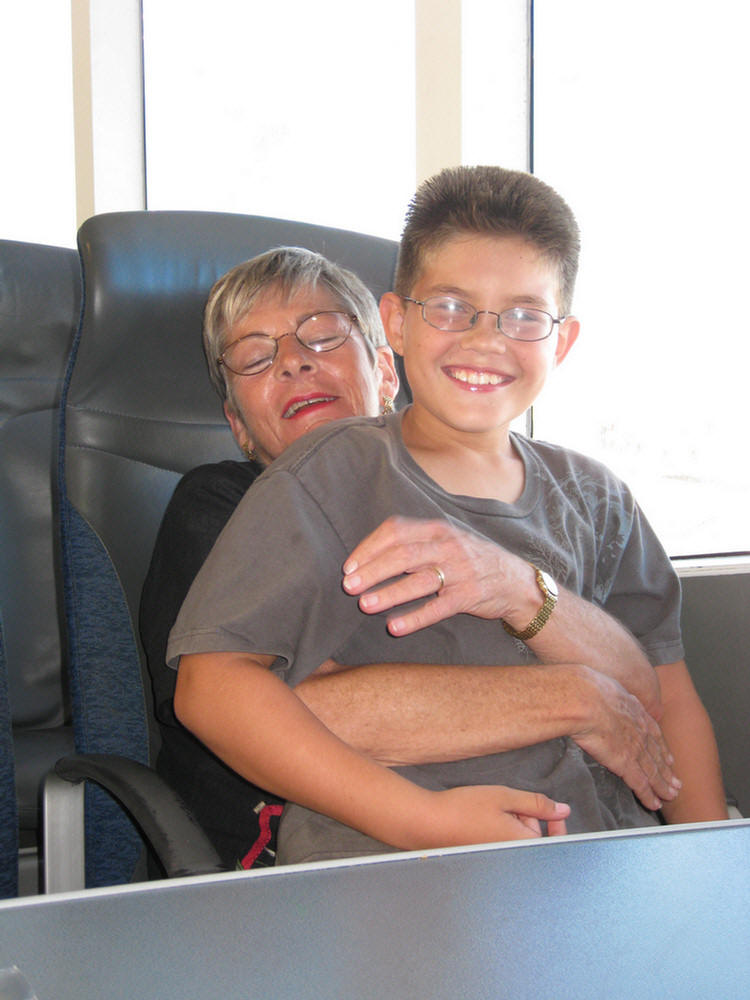
Mr. Jumpy didn't know where to st!
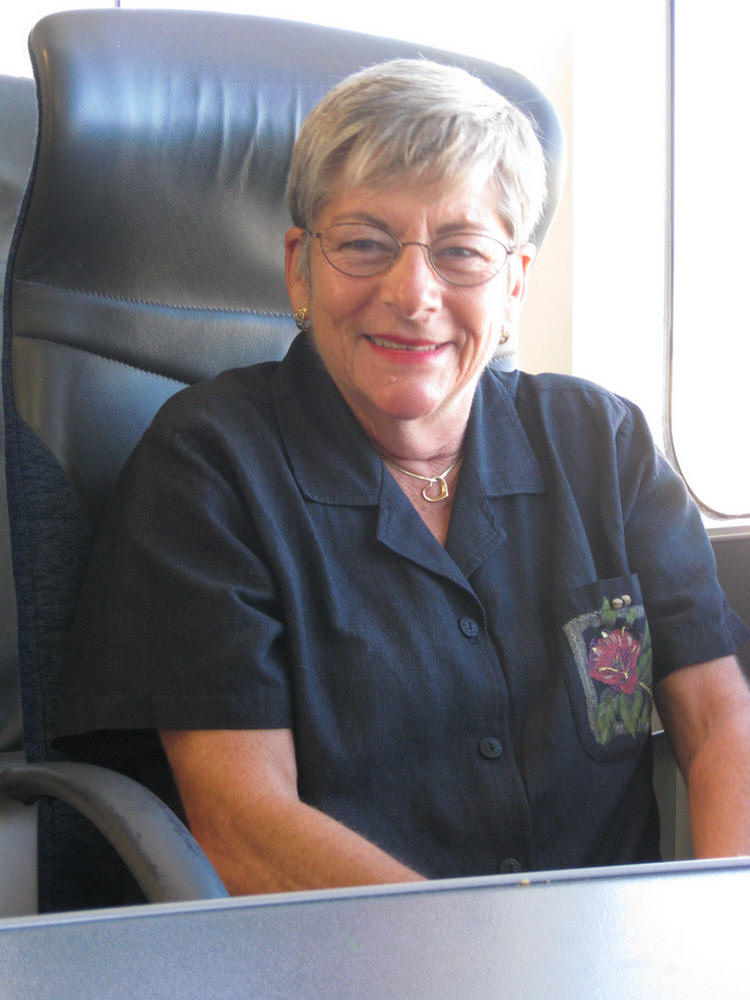
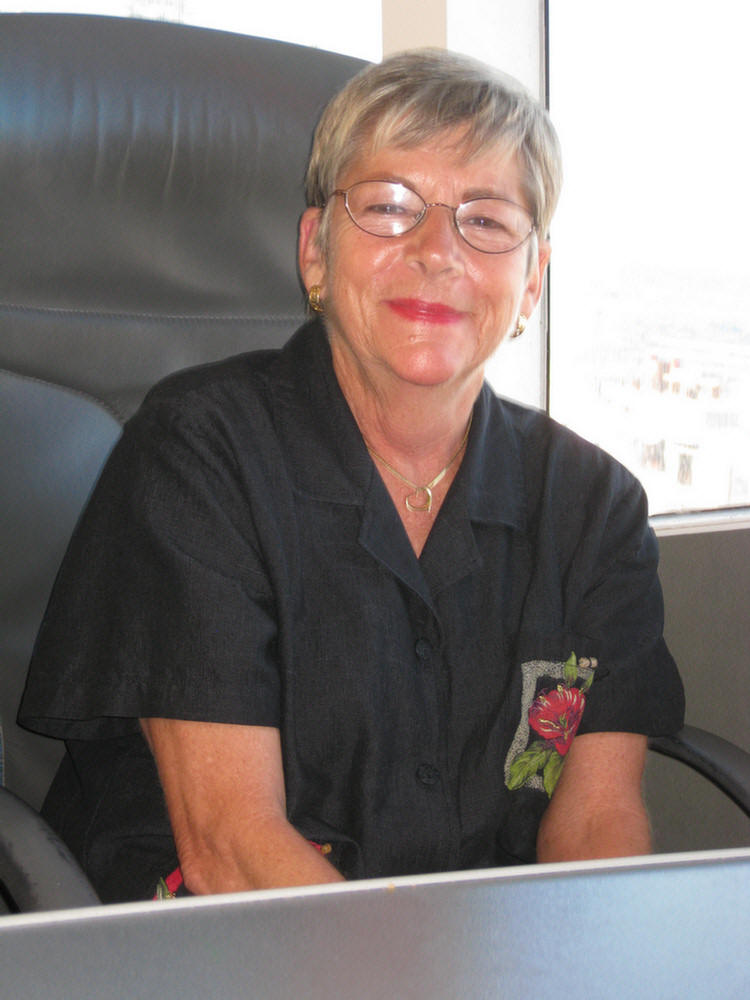

Throwing up the rooster tail
Did you know? - A jetboat is a boat propelled by a jet of water ejected from the back of the craft. Unlike a powerboat or motorboat that uses a propeller in the water below or behind the boat, a jetboat draws the water from under the boat into a pump-jet inside the boat, then expels it through a nozzle at the stern.
Jetboats were originally designed by Sir William Hamilton (who developed a waterjet in 1954) for operation in the fast-flowing and shallow rivers of New Zealand, specifically to overcome the problem of propellers striking rocks in such waters.
Previous attempts at waterjet propulsion had very short lifetimes, generally due to the inefficient design of the units and the fact that they offered few advantages over conventional propellers. Unlike these previous waterjet developments, such as Campini's and the Hanley Hydrojet, Hamilton had a specific need for a propulsion system to operate in very shallow water, and the waterjet proved to be the ideal solution. From this the popularity of the jet unit and jetboat increased rapidly, and through further developments it was found the waterjet offered several other advantages over propellers for a wide range of vessel types, and as such waterjets are used widely today for many high speed vessels including passenger ferries, rescue craft, patrol boats and offshore supply vessels.
Jet boats are highly maneuverable, and many can, from full speed, be reversed and brought to a stop within little more than their own length, in a maneuver known as a "crash stop". The well known Hamilton turn or "jet spin" is a high speed manoevre where the boat is turned sharply then the engine throttle is cut causing the boat's stern to lift and spin quickly around with a large spray of water.
There is no engineering limit to the size of jet boats, though the validity of their use depends a lot on the type of application. Classic prop-drives are generally more efficient and economical at low speeds (up to about 20 knots) but as boat speed increases beyond this the extra hull resistance generated by struts, rudders, shafts etc means waterjets are more efficient in the 20-50 knot range. Also, in situations where you need very large propellers turning at slow speeds (such as tug boats) the equivalent size waterjet would be simply too big to be practical. For these reasons the vast majority of waterjet units are installed in high speed vessels and in particular situations where shallow draught, maneuverability and load flexibility are main concerns.
One of the most significant breakthroughs in the development of the waterjet was to change the design so it expelled the jetstream above the water line, contrary to many people's intuition. Hamilton discovered early on that this greatly improved performance, compared to expelling below the waterline, while also providing a "clean" hull bottom (ie: nothing protruding below the hull line) to allow the boat to skim through very shallow water. It makes no difference to the amount of thrust generated whether the outlet is above or below the waterline, but being above the waterline reduces hull resistance and draught. Hamilton's first waterjet design had the outlet below the hull and actually in front of the inlet. This probably meant that disturbed water was entering the jet unit and reducing its performance, and the main reason why the change to above the waterline made such a difference.

Something about donuts and coffee??

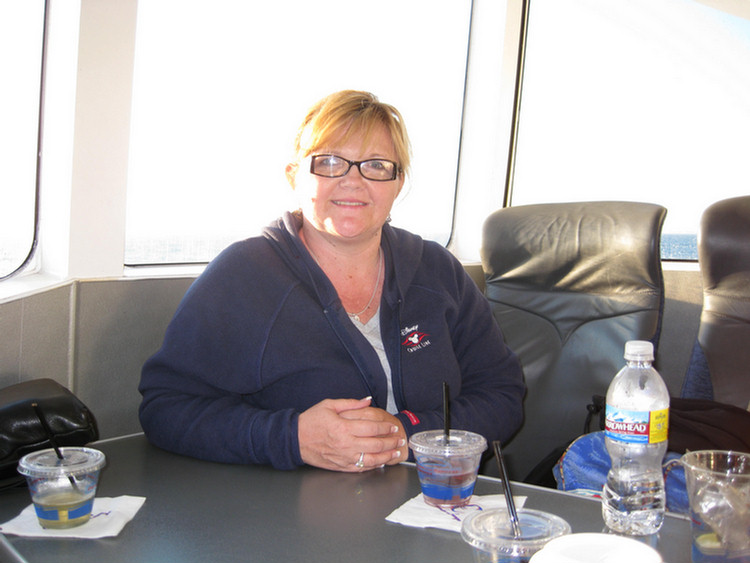
Here Comes The Sunset
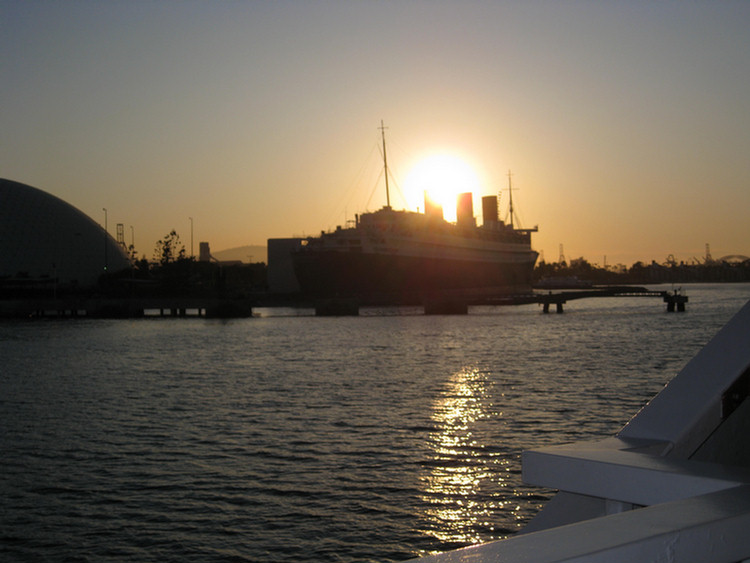

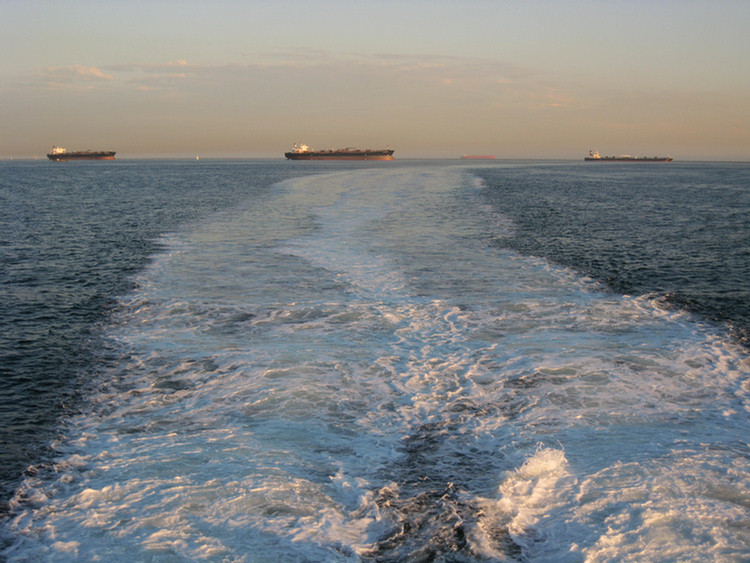
We are slowing down


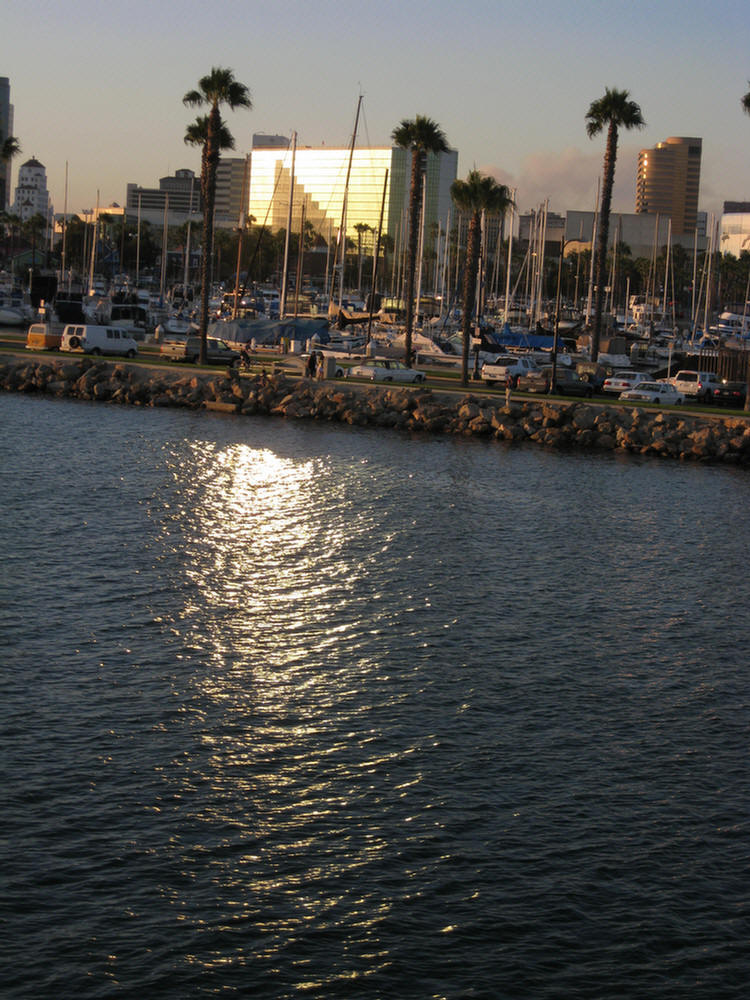
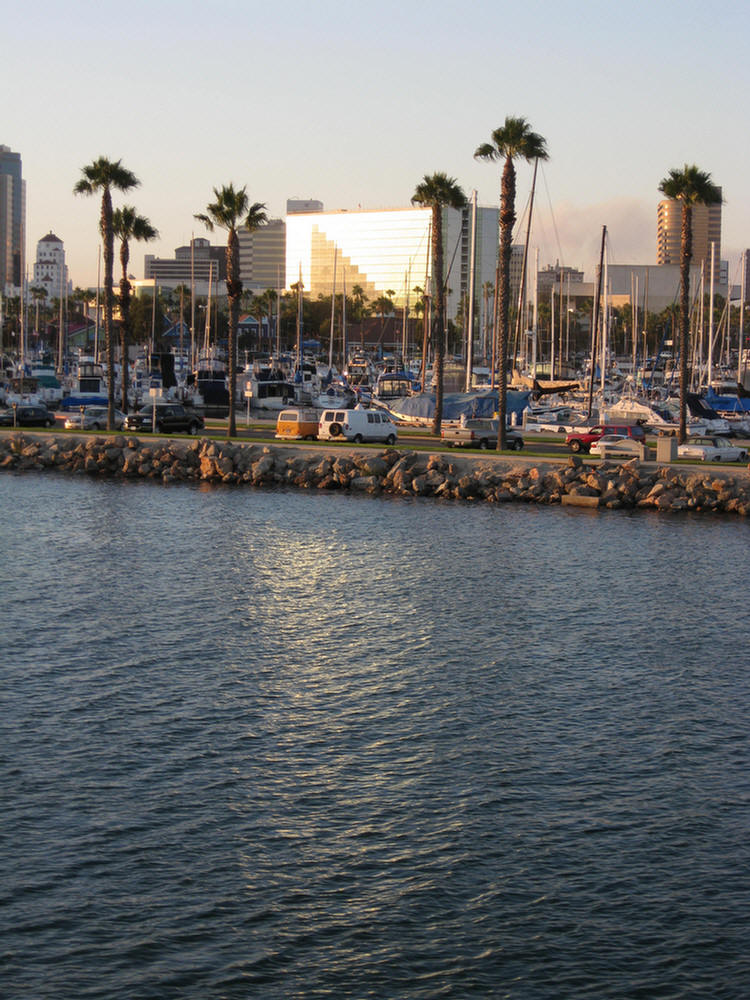


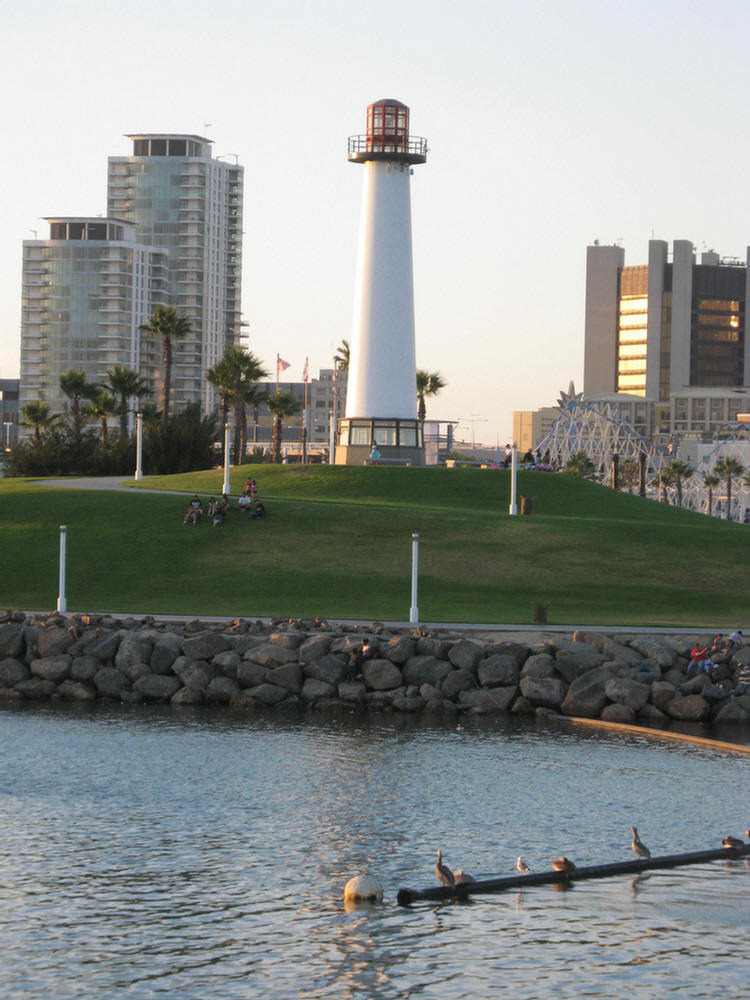
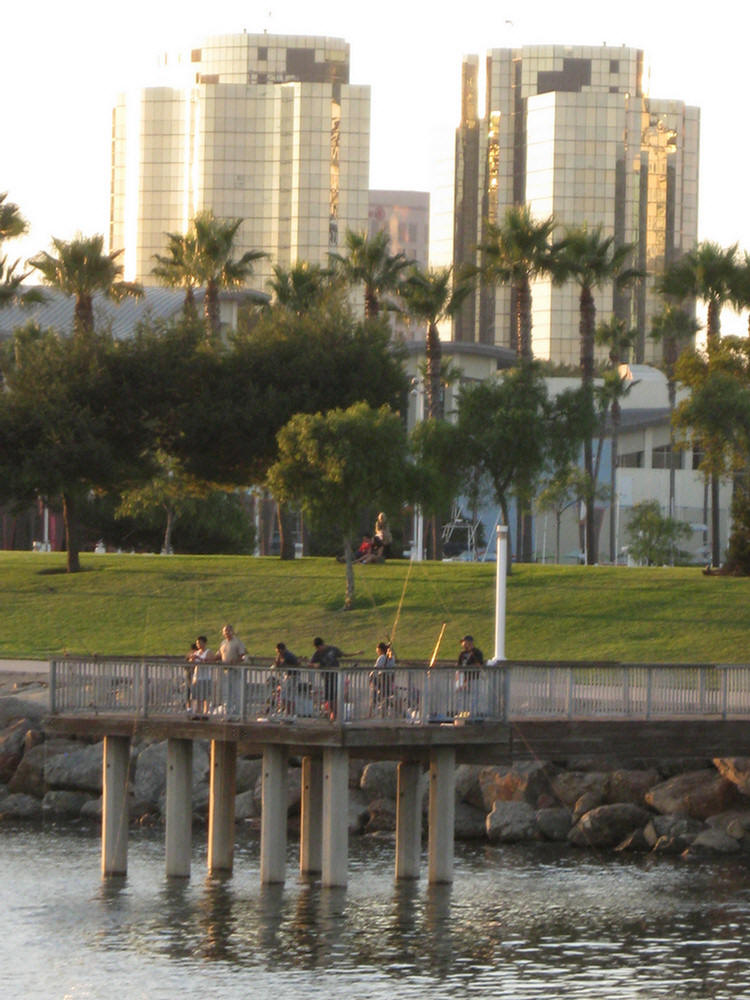
The sun reflecting into the windows made for some magical pictures
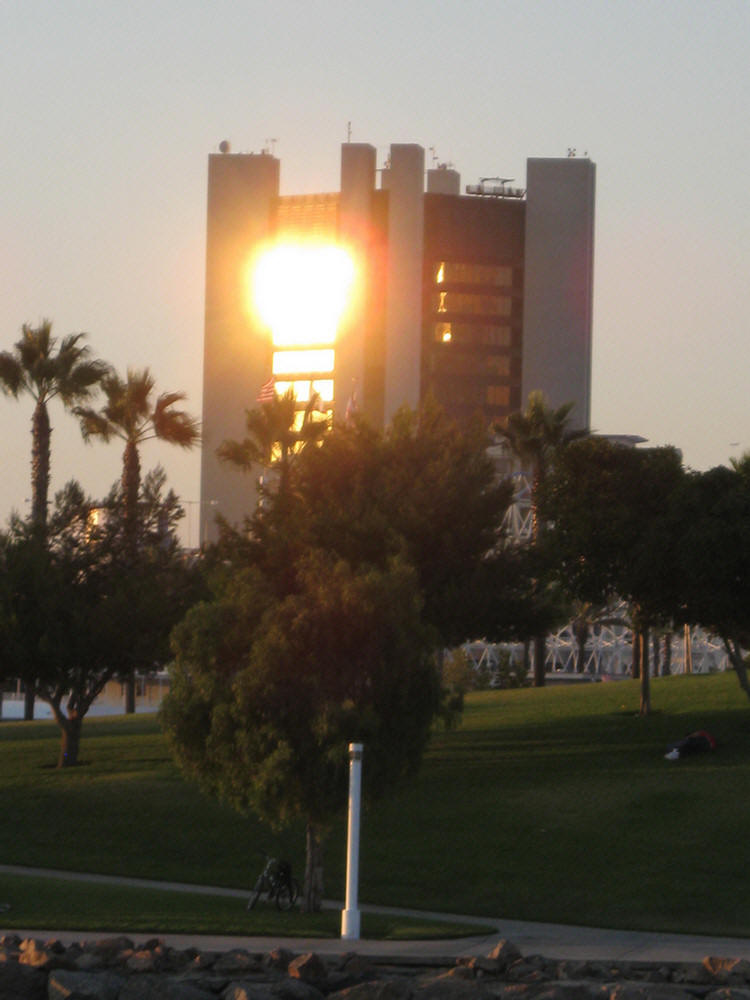
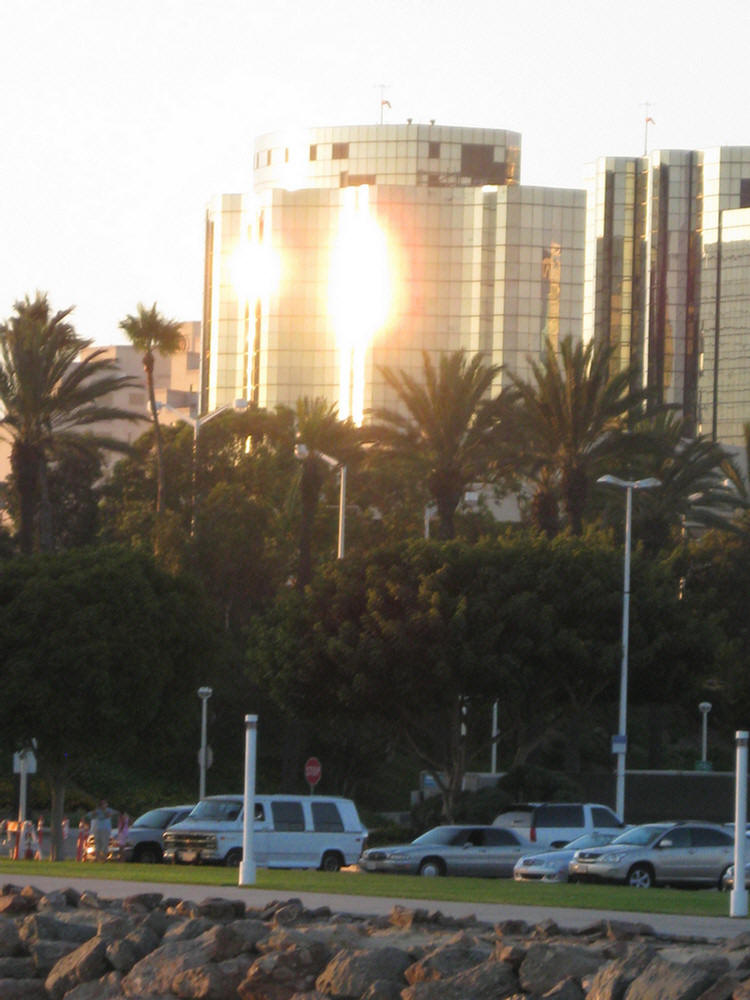
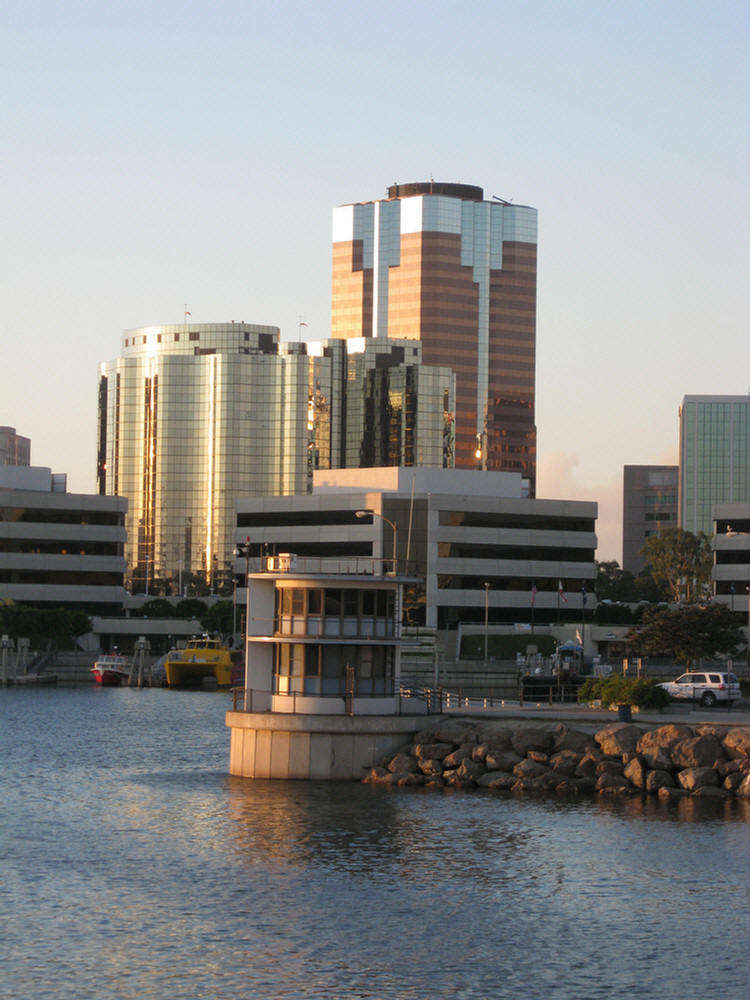

Good bye Queenie, see you next Saturday for the Ball
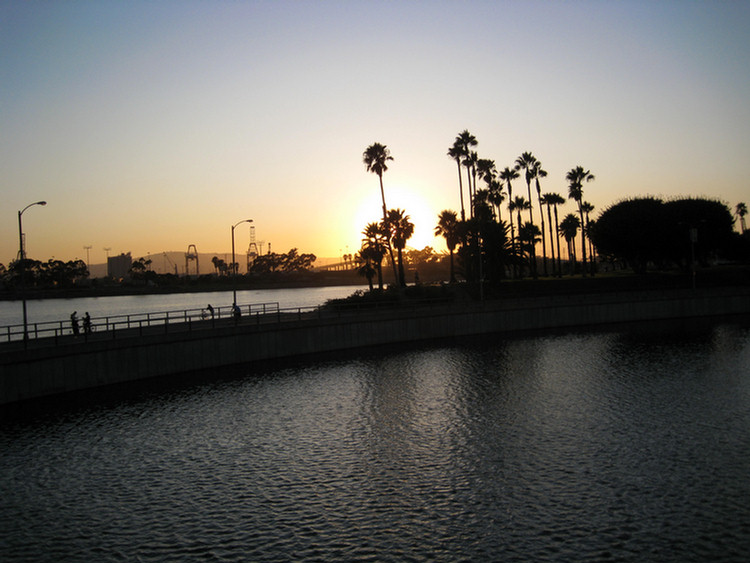

The sun is just about gone
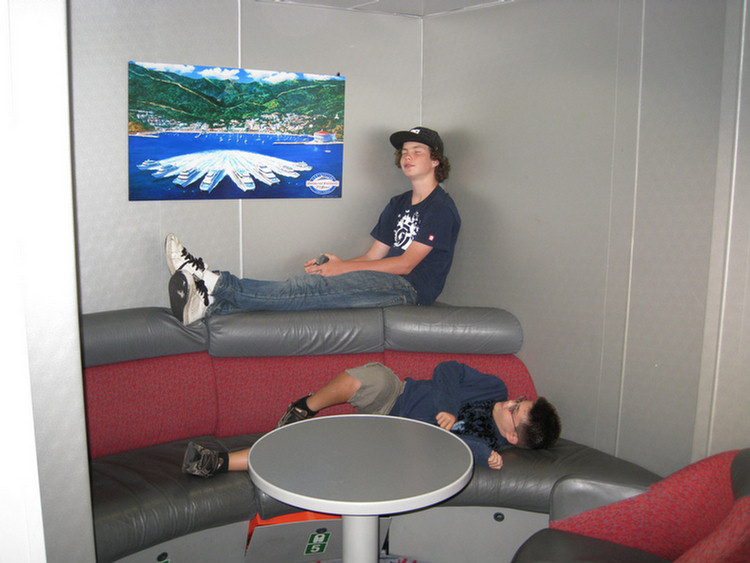
Nappy time?